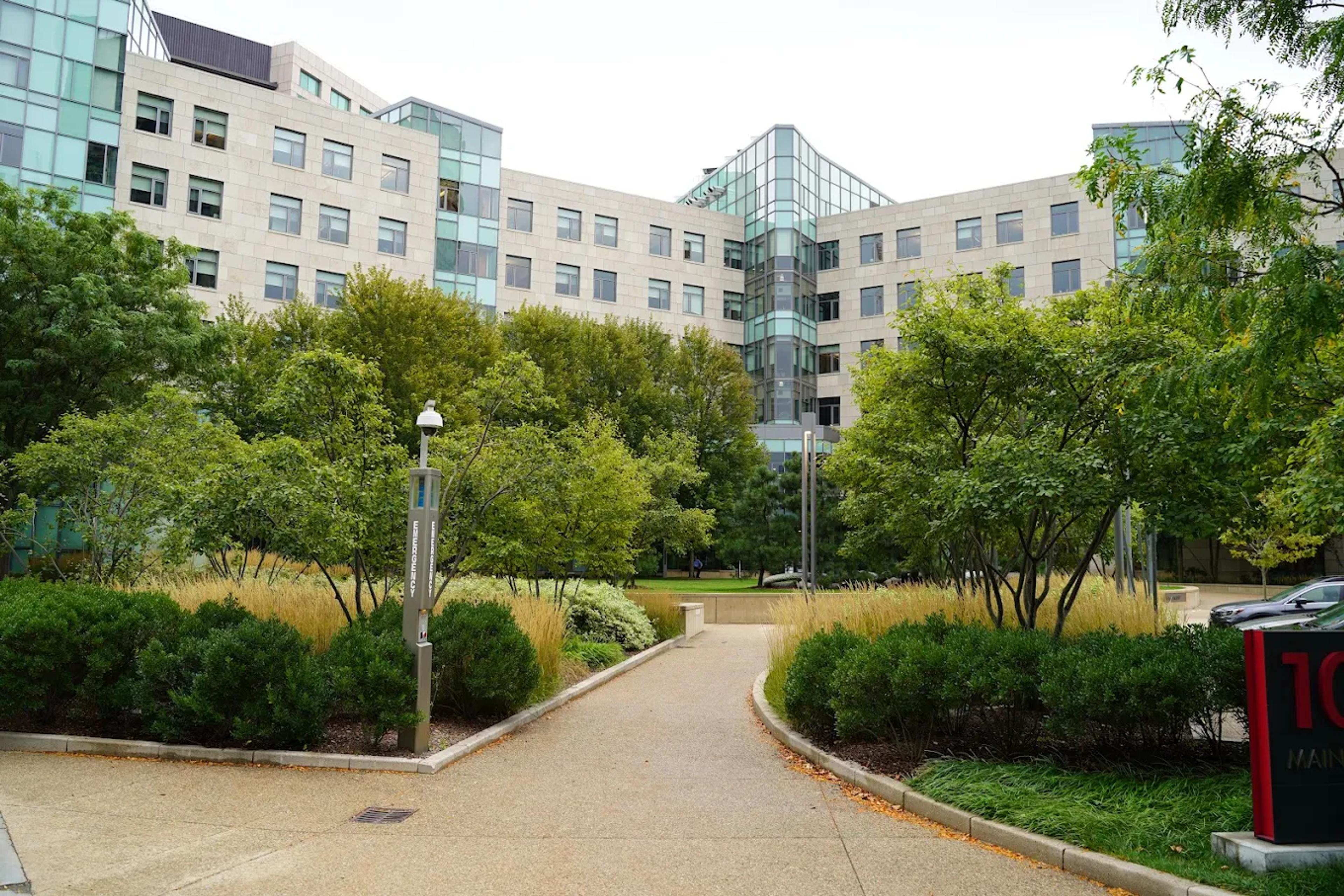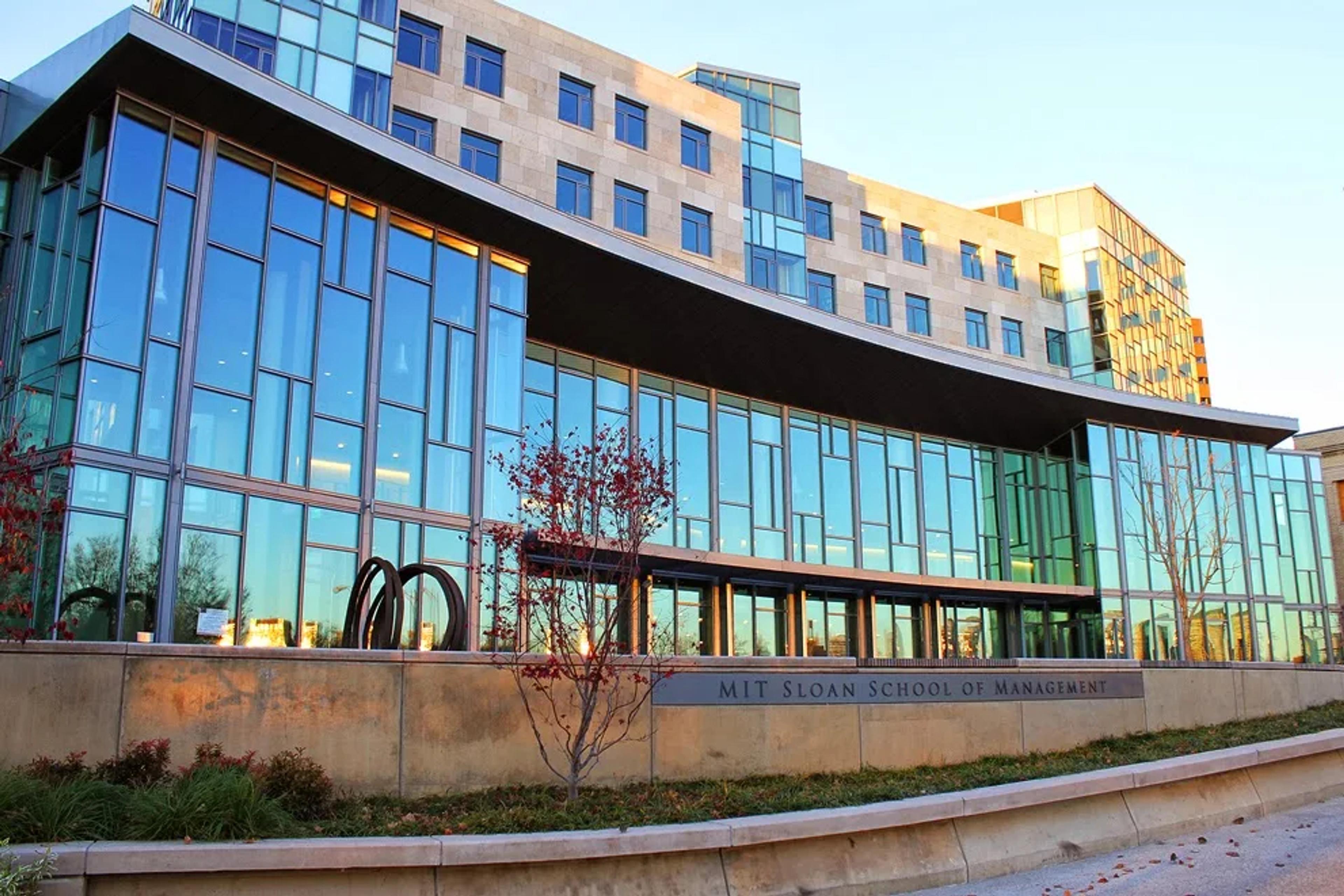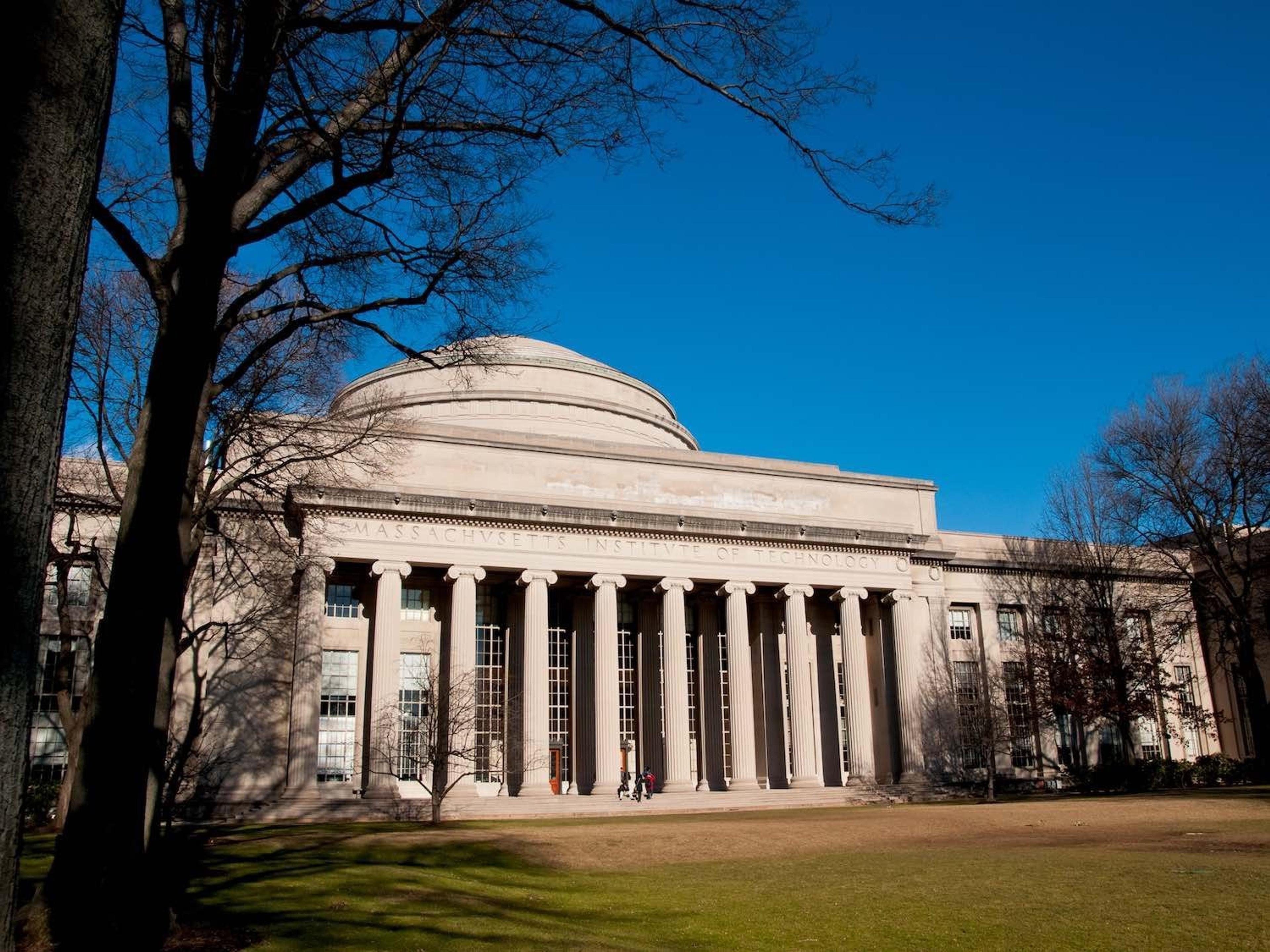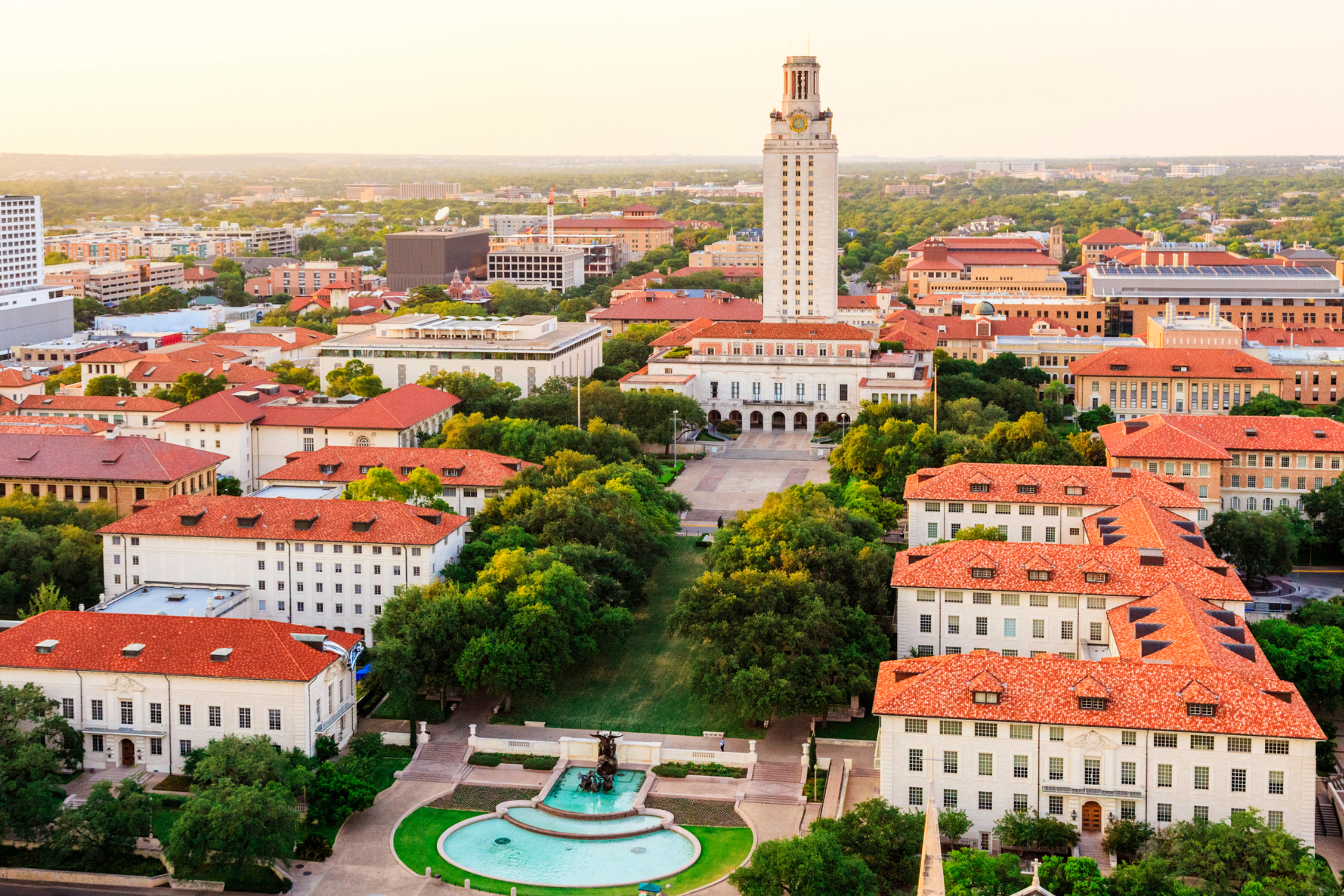
Table of Contents
Free Event

Featuring Horatiu S.
Profile Power: A LinkedIn Profile That Gets You In
Starting Tuesday, September 2
11:00 PM UTC · 45 minutes

Featuring Horatiu S.
Attending the MIT Sloan School of Management is a significant financial commitment. If you’re a prospective student looking at the full picture, this article is designed for prospective students who want to understand the total estimated cost of attending the MIT Sloan MBA program.
In this article, we will break down the tuition and fees associated with the MIT Sloan MBA program, explore financing options, consider the return on investment, and compare the costs to other top MBA programs.
The True Cost of an MIT MBA
Tuition Costs and Required Fees
For the 2025–2026 academic year, the tuition for the MIT Sloan MBA program is $89,000. This tuition fee is set on an annual basis and is subject to review each academic year. This applies to all students, regardless of residency or citizenship. The tuition fee includes required course packs and other academic resources, but students are responsible for purchasing textbooks and health insurance, unless they submit a waiver with proof of alternative coverage. According to MIT Student Financial Services, this total cost of attendance is determined on an annual basis and sets the maximum limit for scholarships, fellowships, and student loans. Students can pay in full at the start of each semester or enroll in a 10-month installment plan through MIT. Student life fees are included in the cost breakdown and cover access to campus facilities, health insurance, and participation in student activities, supporting both domestic and international students. Here’s a breakdown of the standard 2025–2026 cost of attendance for MIT Sloan MBA students:
| Cost Component | Estimated Amount (2025–2026) |
|---|---|
| Tuition | $89,000 |
| Student Life Fee | $396 |
| Technology Fee | $300 |
| Sloan Program Fee | $2,200 |
| Health Insurance (if not waived) | $4,204 (est.) |
| Books, Supplies, Equipment | $1,050 |
| Personal Expenses | $6,000 |
| Living Expenses (Housing & Food) | $24,884 |
| Total Estimated Cost | ~$128,034 |
View the official breakdown on MIT Sloan’s financing your education page
Mandatory and Additional Fees Explained
In addition to the $89,000 tuition, students are responsible for mandatory fees that support both academic and campus life resources. These fees apply to all full-time MBA students at MIT Sloan:
- Student Life Fee ($396): Supports student groups, wellness, and campus programming.
- Technology Fee ($300): Covers digital platform access, MIT email systems, and software.
- Sloan Program Fee ($2,200): Funds career development, leadership workshops, and industry events.
- Health Insurance (~$4,204): Required unless the student has qualifying U.S.-based insurance and submits an approved waiver.
Some additional fees may apply depending on your enrollment and participation:
| Other Fees (if applicable) | Description |
|---|---|
| Late Registration | Penalty for enrolling after the deadlines |
| Graduation Processing Fee | Charged near the end of the program |
| International Student Fees | For visa support and processing |
| Printing and Additional Course Fees | Beyond the standard allotment |
| Optional Leadership Treks/Global Labs | Travel and participation fees for project work |
Note: These additional costs vary based on personal and academic choices. Students are advised to budget for a 5–10% buffer to cover any other costs that fall outside the standard estimate.
Payment Options
Most graduate students pay their tuition in two installments, once in August for the fall term and again in January for the spring term. Alternatively, students can use the MIT Monthly Payment Plan to split tuition into 10 monthly payments throughout the year.
Check MIT Student Financial Services' Graduate Cost of Attendance

Living Expenses in Cambridge, MA
Monthly and Annual Budget for Graduate Students
Cambridge, Massachusetts, has one of the highest costs of living in the U.S., especially in housing and transportation. MIT Sloan graduate students should plan carefully and budget for basic needs such as rent, food, transportation, and personal expenses. Living expenses are estimated and reviewed on an annual basis to help students plan their finances for each academic year. Your actual costs will depend on your choices around housing, commuting, and daily spending. Here’s a realistic estimate based on current rates:
| Living Expense | Estimated Monthly | Estimated Annual |
|---|---|---|
| Housing | $1,800 – $2,500 | $21,600 – $30,000 |
| Food | $500 – $700 | $6,000 – $8,400 |
| Transportation | $100 – $200 | $1,200 – $2,400 |
| Personal Expenses | $500 – $600 | $6,000 – $7,200 |
| Total (Est. Range) | $2,900 to $4,000 | $34,800 – $48,000/year |
Note: Some students lower their overall cost by living with roommates, walking or biking instead of driving, and cooking meals at home. Others may have higher expenses due to location, family needs, or international travel.
Health Insurance and Medical Costs
All full-time MBA students must have health insurance that meets MIT’s coverage requirements. If you do not have comparable coverage, you will be enrolled in the MIT Student Health Insurance Plan (MIT SHIP), which costs around $4,204 per academic year. If you already have a qualifying U.S.-based insurance plan, you can submit a waiver during enrollment. Otherwise, the cost will be added to your student account automatically. MIT’s Student Financial Services (SFS) team manages health plan billing and the waiver process.
Learn more about MIT health insurance requirements and waivers, or visit MIT Student Financial Services for full details on billing, payment plans, and insurance support.
Additional Costs: Textbooks, Supplies, and Career Events
Books and Educational Materials
Although required course packs are included in the base tuition, MBA students are responsible for purchasing textbooks, notebooks, personal tech accessories, and other learning tools. Based on MIT’s published data, you should budget approximately $1,050 per year for books, supplies, and equipment. Some students reduce this cost by:
- Buying used books or digital editions
- Sharing materials with classmates
- Selling books back at the end of the semester
Note: This amount can vary depending on course load, electives, and whether your chosen professors assign extensive reading materials.
Career Events, Networking, and Travel
In addition to academic materials, many MBA students incur additional expenses related to career services, networking, and professional development. These may include:
| Career-Related Expense | Estimated Range |
|---|---|
| Domestic career treks or company visits | $500 – $2,000 |
| International travel (study tours or global labs) | $2,000 – $5,000 |
| Conference registration and travel | $300 – $1,500 |
| Interview-related travel | Varies widely |
| Club dues or case competitions | $50 – $500 per club/event |
Expert Tip: Participation in these events is optional, but many students see value in building their professional network, exploring industry-specific roles, and connecting with alumni. Engaging in career events and networking can open doors to lucrative job opportunities after graduation. Expenses will depend on how many events you attend, their locations, and your travel preferences. Students often use a combination of personal funds, sponsorships from student clubs, or conference travel subsidies when available.
How to Finance Your MIT Sloan MBA
Paying for a top-tier MBA program like MIT Sloan can be a major financial commitment. The total cost of attendance, including tuition, fees, living expenses, and personal expenses, can exceed $125,000 per year. Students can fund their MBA education through a combination of loans, scholarships, and fellowships. MIT Sloan helps admitted applicants manage this cost by offering various scholarships to help reduce the financial burden, along with fellowships, external awards, and loan programs.
Scholarships, Fellowships, and External Awards
All incoming students are automatically considered for several merit-based scholarships and fellowships after they are accepted into the program. These awards are offered through MIT Sloan and other MIT departments and are not based on income. Additional scholarships are available to those who demonstrate financial need or meet specific eligibility criteria. Recipients of these scholarships and fellowships are selected through a formal review process conducted by the financial services or scholarship committees, which evaluates candidates based on merit or need.
Notable MIT-Based Fellowships and Scholarships
| Scholarship/Fellowship | Focus Area |
|---|---|
| Sloan Leadership Fellowship | Awarded for proven leadership skills and community impact |
| Legatum Fellowship | For entrepreneurs in emerging markets (international students eligible) |
| McKinsey Award | For students pursuing consulting careers |
| Forte Foundation Fellowship | For women in business and leadership |
| Yellow Ribbon Program | For U.S. military veterans |
Note: MIT Sloan may also nominate students for additional support through other MIT-administered or donor-funded fellowships.
External Awards and Scholarships
Many students also apply for external awards offered by third-party organizations. These awards may require separate applications and have unique criteria based on career goals, demographics, or personal background. Common examples include:
- Reaching Out MBA Fellowship (LGBTQ+ students)
- Prospanica Scholarships (Hispanic/Latino students)
- National Black MBA Association Scholarships
- Fulbright Scholarships (international students)
MIT’s Office of Graduate Education maintains a public list of these opportunities, and the Student Funding Office at Sloan can provide program-specific suggestions.
For more information, you can explore graduate fellowships and external funding
Loans: Federal, Private, and International Options
Most MBA students use some form of student loans to help finance their graduate education. You can borrow up to the total estimated cost minus any other aid you receive. MIT Sloan works with MIT Student Financial Services to help you understand your eligibility and select the best option.
Loan Types Available
| Loan Type | Eligibility |
|---|---|
| Federal Direct Unsubsidized Loan | U.S. citizens and permanent residents |
| Federal Graduate PLUS Loan | U.S. citizens and permanent residents |
| Private Student Loans | Available to all students; most require a U.S. cosigner |
| MPOWER / Prodigy Finance | For international students, no cosigner required |
Note: Federal loans are only available to U.S. citizens and permanent residents, and they require completion of the FAFSA and Graduate Information Finance Form. If you're an international student, you can apply directly to lenders like MPOWER or Prodigy Finance for private student loans. Interest rates, origination fees, and repayment terms vary between loan programs, so it’s important to compare options before choosing.
Learn more from MIT Student Financial Services
Teaching Assistantships and Part-Time Work
Some MIT departments offer teaching assistantships or research roles that provide modest compensation. These positions are competitive and usually require a background in the subject area. While Sloan does not guarantee assistantships, MBA students have worked in roles related to data analysis, economics, or entrepreneurship across other MIT departments. You may also find part-time jobs on campus, but be mindful of time constraints. The Sloan MBA is a full-time, intensive MBA program, so work should not interfere with your academics.
Three-Tiered Financial Aid Process
MIT Sloan organizes financial aid into three stages for incoming students. This system helps match students with the most appropriate financial aid options, regardless of background.:
- Automatic consideration for school-based fellowships after admission.
- Optional applications for additional fellowships and external awards.
- Loan counseling and processing through Student Financial Services.
Questions about aid? Contact the Sloan Student Funding Office at studentfunding.mitsloan@mit.edu.
Return on Investment: Is the Sloan MBA Worth It?
Starting Salary and Career Growth
| Compensation Type | Median | Mean | % of Students Receiving It |
|---|---|---|---|
| Base Salary | $169,550 | $169,370 | 90.6% reported |
| Signing Bonus | $30,000 | $35,900 | 69.8% |
| Other Compensation (e.g., equity, relocation) | $40,000 | $88,870 | 59.9% |
| Stock & Equity | $100,000 (median) | $196,823 (mean) | 17.3% |
See the full employment report on MIT Sloan’s website
Top Hiring Industries and Roles
Graduates entered a wide range of industries, with Consulting (32.1%), Finance (25.3%), and Technology (19.0%) being the most common. By job function, graduates most frequently took roles in Consulting/Strategic Planning (35.7%), Finance (20.4%), and Product Management/Development (13.6%). Many graduates also move into significant leadership roles within their organizations after completing the MBA. The median base salaries for those industries were:
- Consulting: $190,000
- Finance: $175,000
- Technology: $161,375
Top Employers of MIT Sloan MBA Graduates
A total of 276 employers hired full-time or summer interns from Sloan, with 141 new companies recruiting from the school for the first time. Companies hiring three or more graduates from the Class of 2024 include:
- Boston Consulting Group (21 hires)
- McKinsey & Company (17)
- Amazon (10)
- Bain & Company (10)
- Goldman Sachs, Verizon, Adobe, Boeing, Moderna, and Fidelity Investments also made multiple offers.
Career Advancement and Professional Network
Beyond salary, MIT Sloan offers access to a strong professional network, with over 24,000 MBA alumni and connections across the broader MIT community. This network supports career advancement in both traditional industries and emerging sectors like AI, sustainability, and climate tech. According to the report, 39.7% of graduates said the primary reason for accepting their job offer was growth potential. Others cited job function, industry, compensation, and people/culture as key factors.
Support From Sloan Career Services
Sloan’s Career Development Office continues to provide tailored guidance, resources, and tracking support post-graduation, especially for students extending their job search.
- 64.9% of accepted job offers were facilitated by the school (via internships, postings, or referrals).
- 55.5% of full-time job offers came from return offers after summer internships.
- 88.9% of students received at least one offer by the time of report publication.
How to Budget and Prepare Financially
Create a Full Expense Plan
Start by building a simple worksheet that covers both fixed and variable costs. This plan will help you estimate how much you’ll need per semester and over the full academic year.
| Category | What to Include |
|---|---|
| Tuition and Fees | Base tuition, program fees, student life fee, technology fee |
| Mandatory Fees | Health insurance (unless waived), graduation fees |
| Living Expenses | Rent, utilities, groceries, transportation |
| Personal Expenses | Books, supplies, clothing, phone plan, wellness |
| Loan Interest | If applicable, estimate interest accrual during school |
Visit MIT Student Financial Services for budgeting tools
Planning Tips for Incoming Students
- Apply early for MIT-based fellowships, scholarships, and external awards. Some have strict deadlines that close shortly after admission.
- Connect with current students to understand what typical living and personal expenses look like in Cambridge.
- Contact MIT Student Financial Services to confirm what documents you’ll need to access loan programs or submit waivers.
- Explore loan options early. Compare interest rates, repayment terms, and origination fees across federal and private student loans.
- Compare multiple financial aid options, including merit-based awards, need-based scholarships, and part-time job opportunities.
The Bottom Line
The MIT Sloan MBA program is a significant financial commitment, but for many students, the long-term value outweighs the cost. With a total cost of attendance around $128,000 per year, the program offers access to high-paying roles, a global professional network, and strong support from career services. Graduates benefit from career advancement opportunities, personal growth, and connections that continue well beyond graduation, making the investment worthwhile for those serious about accelerating their careers.
Looking for expert help with your MBA applications? Find top MBA admissions coaches on Leland and get personalized support every step of the way.
Read these next:
- MIT Sloan MBA: Acceptance Rate, Deadlines, Cost, Requirements, & Program Overview
- MIT Sloan Early Admission Deferred MBA Program: What You Need to Know
- MIT Sloan Video Statement: Overview, Advice, & Common Mistakes
- How to Nail Your MIT Sloan MBA Interview: Overview, Questions, & Tips
- The 10 Best MBA Admissions Consultants
FAQs
How much does an MIT MBA cost?
- For the 2025–2026 academic year, the tuition for the MIT Sloan MBA program is $89,000. When you include mandatory fees, living expenses, health insurance, and personal expenses, the total cost of attendance is approximately $128,000 per year.
Is an MIT MBA worth it?
- Many graduates find the MIT Sloan MBA to be worth the investment due to high post-graduation salaries, strong career advancement opportunities, and access to a global professional network. The average base salary for the Class of 2024 was $169,370, with many students earning total compensation packages over $200,000.
How much does an MIT MBA cost?
- The tuition for the Master of Business Analytics (MBAn) program at MIT for the 2025–2026 academic year is $91,000, not including additional fees, living expenses, or health insurance. The total estimated cost of attendance is typically between $120,000 and $130,000 depending on individual circumstances.
Does MIT offer a 1 year MBA?
- MIT does not offer a traditional one-year MBA. However, the MIT Sloan Fellows MBA is a one-year, full-time program designed for mid-career professionals with at least 10 years of experience. It leads to the same MBA degree and focuses on leadership skills and global impact.











